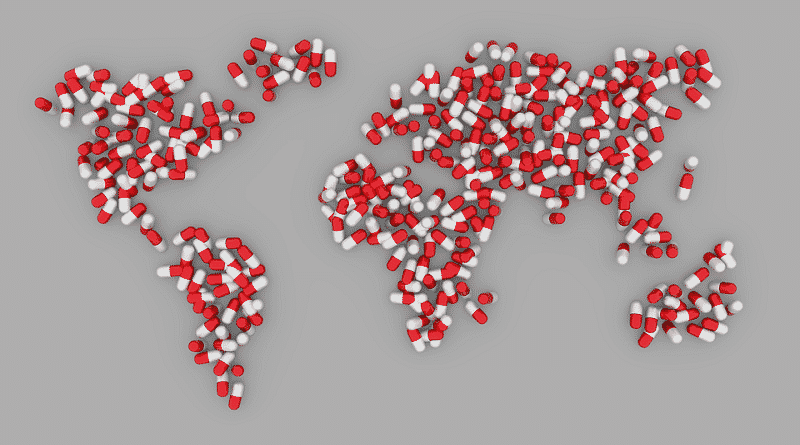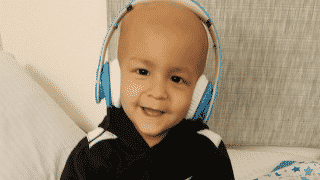
According to the world health organization, one in ten medicines in developing countries is fake. Most often be fake malaria drugs and antibiotics. But this list is not exhaustive. Often forged as drugs for the treatment of cancer, heart disease and HIV, contraceptives and pain relievers.
The analysis was carried out by who for the first time in the last 10 years. The results published on 28 November.

Over the past 4 years recorded 150 000 cases of detection of substandard or counterfeit drugs worldwide. In this case, 42% of cases were installed in Africa, 21% in North and South America, 21% in Europe.
Data on this issue so far has been quite meager, as there was no mechanism to track such violations. In 2013, the who established a global reporting system on low-quality products, and now we can talk about show statistics.
In the media of different countries fake drugs are often described as «counterfeit». It shifts the emphasis, and the problem is considered from the point of view of violation of intellectual property rights. But it’s not. First, these drugs harm the health of the population. Current statistics, suggested by who, is only the tip of the iceberg, because most people and organizations, identifying fake, I prefer to solve the problem in alternative ways or even to keep silent about it.
According to the study, approximately 10% of medicinesin circulation in poor countries, where technical capabilities to ensure compliance with quality standards is often limited, are unsound or adulterated. The problem covers not only expensive medicines, but also common medications used by people every day painkillers, antipyretics, etc. the results of the analysis also showed that each year about 16 000 children die due to pneumonia, not getting enough high-quality treatment, licensed tested drugs.